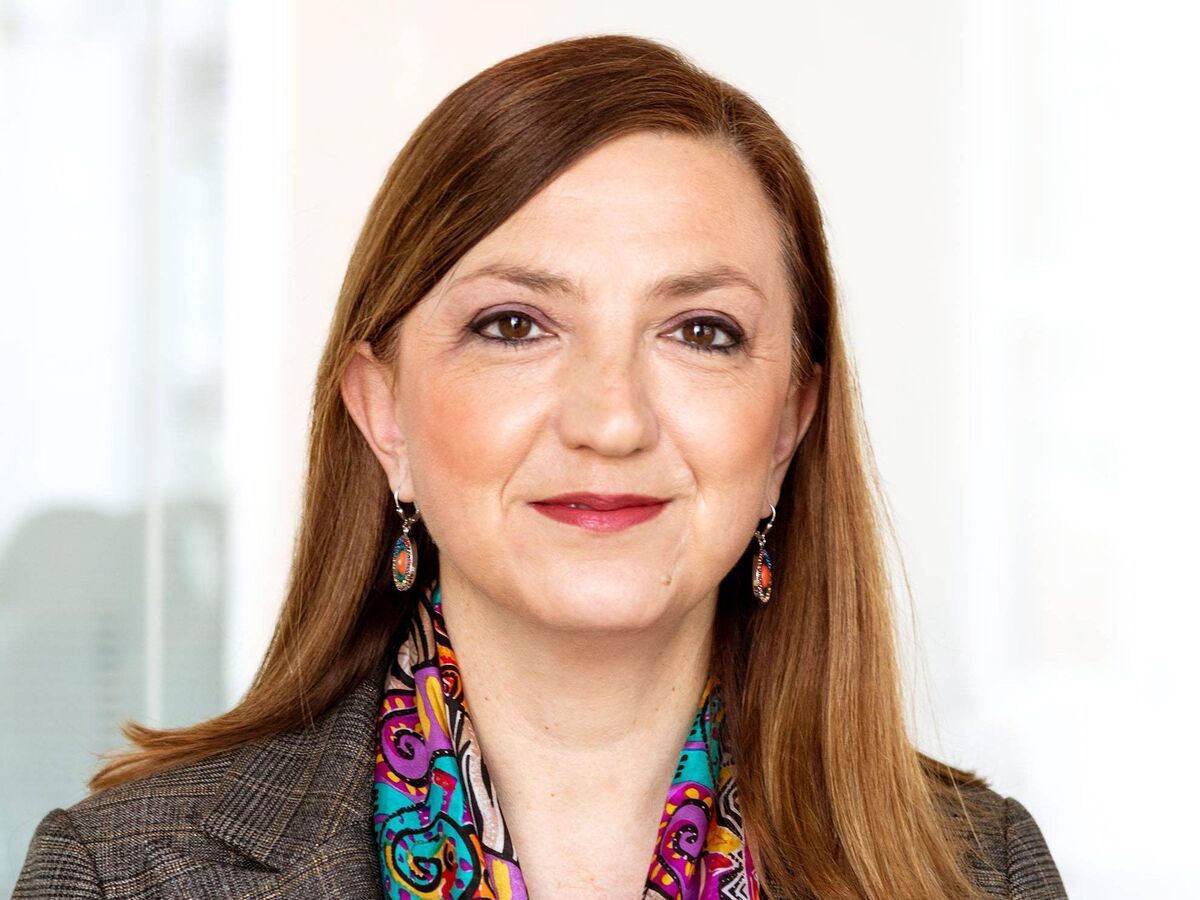Declining EU workforce is a ‘ticking timebomb’

A new World Health Organisation (WHO) Europe report invites each EU member state to suggest solutions on how to increase staffing levels in EU-wide health services.
Without immediate action, health and care workforce gaps in the European region could spell disaster as 40% of medical doctors are close to retirement age in one third of countries in Europe and central Asia, according to a recent World Health Organisation/Europe report.
All countries of the WHO European Region – encompassing 53 member states across Europe and central Asia – currently face severe challenges related to the health and care workforce – with an ageing workforce chief among them. The analysis finds that 13 of the 44 countries that reported data on this issue have a workforce in which 40% of medical doctors are already aged 55 years or older.
“Personnel shortages, insufficient recruitment and retention, migration of qualified workers, unattractive working conditions, and poor access to continuing professional development opportunities are blighting health systems,” said Dr Hans Henri P. Kluge, WHO Regional Director for Europe.
“These are compounded by inadequate data and limited analytical capacity, poor governance and management, lack of strategic planning, and insufficient investment in developing the workforce. Furthermore, WHO estimates that roughly 50,000 health and care workers may have lost their lives due to COVID-19 in Europe alone.”
Dr Kluge warned: “All of these threats represent a ticking time bomb which, if not addressed, is likely to lead to poor health outcomes across the board, long waiting times for treatment, many preventable deaths, and potentially even health system collapse. The time to act on health and care workforce shortages is now. Moreover, countries are responding to the challenges at a time of acute economic crisis, which demands effective, innovative and smart approaches.”
An ageing health and care workforce was a serious problem before the COVID-19 pandemic, but is even more concerning now, with severe burnout and demographic factors contributing to an ever-shrinking labour force.
Adequately replacing retiring doctors and other health and care workers will be a significant policy concern for governments and health authorities in the coming years. WHO/Europe is urging countries to act now to train, recruit and retain the next generation of health and care workers.
Another key finding of the report is the poor mental health of this workforce in the Region. Long working hours, inadequate professional support, serious staff shortages, and high COVID-19 infection and death rates among frontline workers – especially during the pandemic’s early stages – have left a mark.
Health worker absences in the Region increased by 62% amid the first wave of the pandemic in March 2020, and mental health issues were reported in almost all countries in the region.
In some countries, over 80% of nurses reported some form of psychological distress caused by the pandemic. WHO/Europe received reports that as many as 9 out of 10 nurses had declared their intention to quit their jobs.
While the 53 countries of the Region have on average the highest availability of doctors, nurses and midwives compared to other WHO regions, European and central Asian countries still face substantial shortages and gaps, with significant sub-regional variations. Health worker availability varies five-fold between countries.
The aggregate density of doctors, nurses and midwifes ranges from 54.3 per 10 000 people in Turkey to over 200 per 10 000 people in Iceland, Monaco, Norway and Switzerland. At the sub-regional level, central and western Asian countries have the lowest densities, and northern and western European countries have the highest.

In WHO’s 2016 Global Strategy on Human Resources for Health, the threshold for aggregate health worker density was set at 44.5 doctors, nurses and midwives per 10 000 people. All countries in the region are therefore currently above the threshold, but this does not mean they can afford to be complacent. There are serious gaps and shortages in the health and care workforce, which will only get worse with time without policies and practices to address them.
“Countries will need to rethink how they support and manage their health workforce. They will need to design strategies that reflect their own contexts and needs, because there is no one-size-fits-all approach,” said Dr Natasha Azzopardi-Muscat, Director of the Division of Country Health Policies and Systems at WHO/Europe.
“The region is at a critical juncture: strategic planning and smart investment are crucial next steps to make sure our health workers have the tools and support they need to care for themselves and their patients. Society will pay a heavy price if we fail to rise to this challenge. This new report and the data it includes about each of our member states offer solutions and opportunities we shouldn’t miss.”
Many countries across the region have already begun taking bold and innovative steps. The report highlights Ireland, where more people will be over the age of 65 than under the age of 14 by 2028, and how the Government has introduced the Enhanced Community Care programme to help the ageing population maintain independence.
The programme releases pressure on the hospital system by bringing enhanced community care services to older people in towns and villages across the country. In Kyrgyzstan, the Government has introduced a pay-for-performance system in primary health care.
The aim is to attract more doctors by increasing salaries for those who perform well in their duties. The system also includes an offer for specialists to retrain as family doctors, as 30% of family doctors were of retirement age in 2020.














